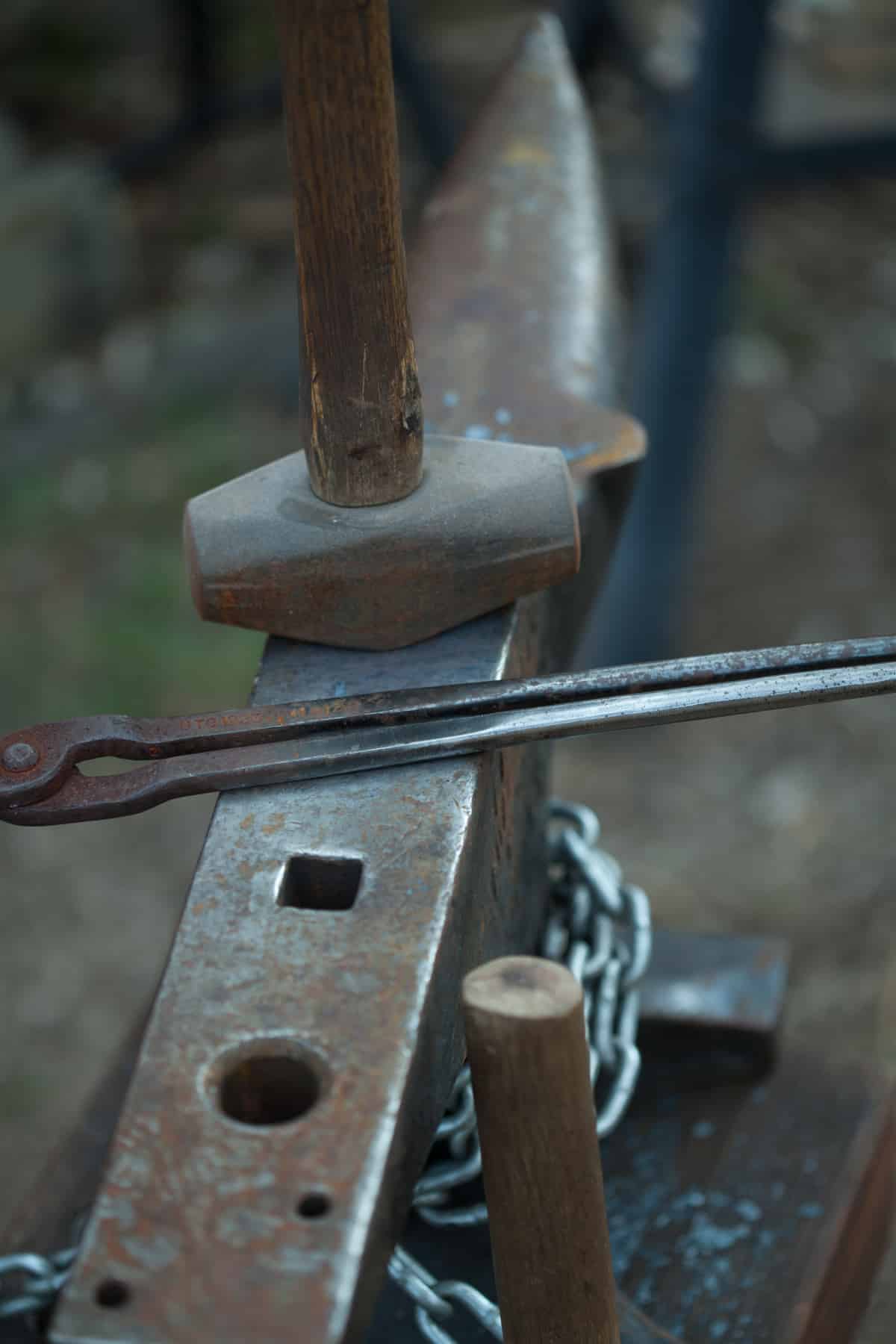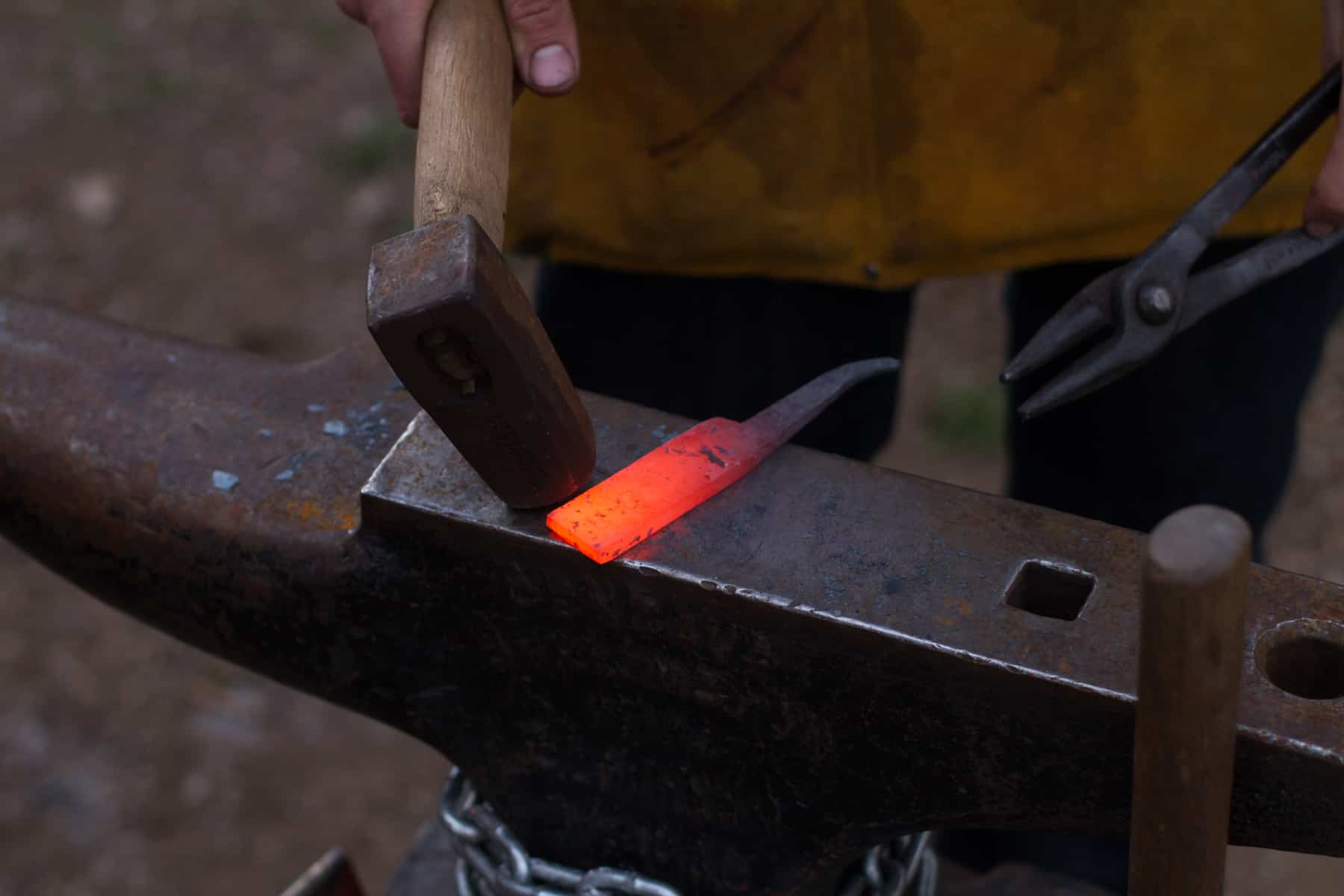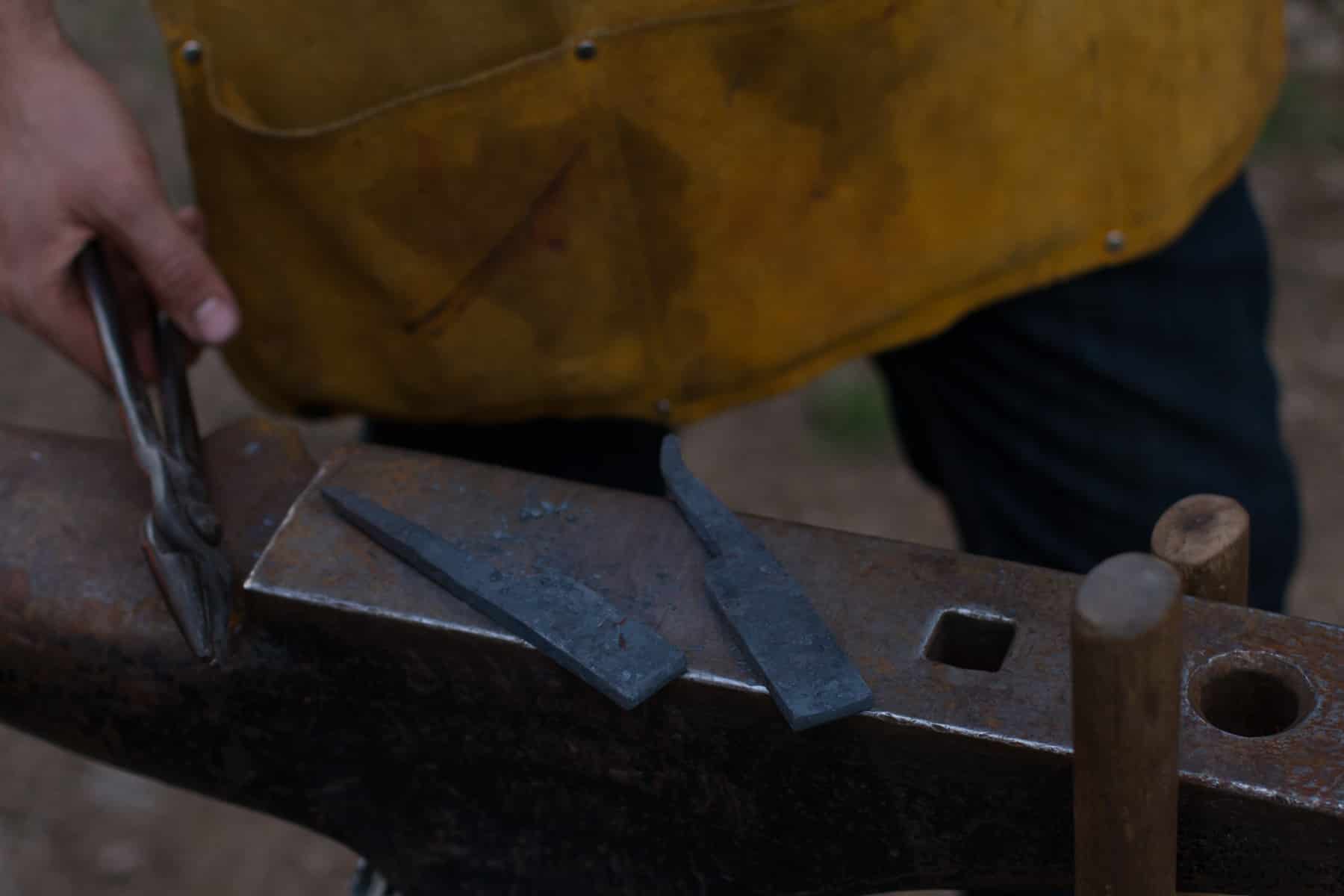QUALITY BLADESMITHING GIVES ART, PASSION, AND RITUAL TO SHAVING
Article sponsored by howtobehenry.com, written by David M. Fitzpatrick
Christopher isn’t your typical craftsman. Some men are avid woodworkers; others restore classic cars. And even when some venture into the art and science of forging steel, they might focus on knives or swords—the sort of craft that might come to mind when you heard the word “bladesmith.”
But Christopher is a rare bladesmith, because he specializes in forging and restoring straight razors—the kind our grandfathers might have shaved with, and which are finding resurgent interest from the younger generation.
His love of bladesmithing began by learning from his father, a knife maker, but his interest in straight razors came later. Like many men, he remembers his first shave. He’d grabbed a cartridge blade and begun shaving, but quickly realized that it was important to not do it alone—that he should be taught. He fetched his father, who showed him the ropes, while his proud mother looked on. Some teenagers might have felt self-conscious about the experience, but not him.
“It was having a really unique experience where you learn something,” he said. “And I really wanted a ritual in the process. Straight razors really give that to you.”
Those would come later. While in college, he found his grandfather’s straight razor and taught himself how to shave with it. He was soon buying straight razors from antique shops and learning to hone them. He restored razors for two years before learning how to craft and repair handles, and his work steadily increased. By 2014, it was clear that his hobby had become a job.
Today, he works as a straight-razor bladesmith 12-plus hours a day—yet his passion has never wavered. “It’s still as much a hobby as it is a business,” he said. “When I keep this in mind, I make razors that make me happy.” As a man with a background in environmental science, he has a keen sense of how a straight razor is the antithesis of a disposable one. He’s restored razors as old as 200 years, which represents some serious reducing, reusing, and recycling.
“I like the idea of having a single piece of equipment that, if you take care of it, it takes care of you,” he said. “And I don’t like how most things are now built to be thrown away. A straight razor battles a throwaway mindset.”
Besides a ritual, a hobby, and a business, his craft is also a deep passion and an art. And it transcends those titles when he hears the nostalgic tale behind an old straight razor or the personal story of why someone embraced shaving with one. “Bladesmithing is a rare and artful form of crafting,” he said. “The story that people create behind the piece is just as valuable as actually using it.”
He’s also very attached to every razor he creates. It’s a process that happens over a month, culminating with him test-shaving with it. He even audits his own forging regularly, breaking a sample from a new batch of blades just to examine the steel grain under a microscope to ensure that the batch meets his high standards. For any man who enjoys shaving, a straight razor gives him something everlasting in a disposable world. It’s something, he says, that can make the simple act of shaving a very personal and powerful ritual. In our fast-food, quick-and-easy society, something as simple as shaving can be a relaxing, fulfilling experience that provides great emotional support.
“A straight-razor shave is a moment in your day when you actually have to stop and do something for yourself, by yourself,” he said. “You take care of yourself and learn something. I think that journey is what people find interesting.”
howtobehenry.com supports artisans in the U.S.A, and sponsored this article written by David M. Fitzpatrick.



